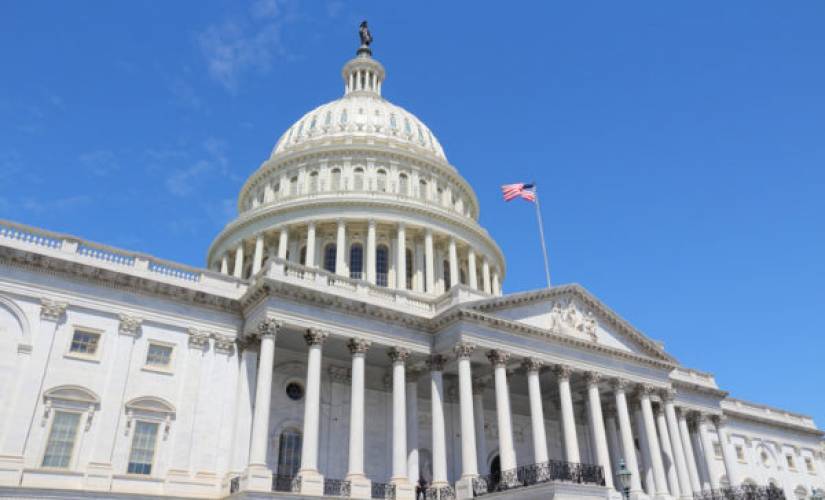The huge wave of Internet of Things (IoT) enabled devices has the U.S. government worried that the technology harbors lurking security threats.
According to a Defense One article, the U.S. Department of Justice has joined other agencies in evaluating IoT technology for national security risks
And with up to 50 billion connected devices coming online by 2020, the government is scrambling to assess threats from the fast evolving technology.
See also: Can ISIS hack the Internet of things? (Uh, no.)
U.S. Assistant Attorney General for National Security John P. Carlin said his division has a group dedicated to assessing IoT technology threats. He said it is critical to fully assess this new technology to properly combat next-generation terrorism tactics.
“Look at the terrorist attack in Nice,” said Carlin. “If our trucks are running in an automated fashion — great efficiencies, great safety, on the one hand — but if we don’t think about how terrorists could exploit that on the front end, and not after they take a truck and run it through a crowd of civilians, we’ll regret it.”
He says that the government moved overly fast in connecting its data store houses which left it vulnerable to state and non-state actors who have stolen valuable information for illicit use.
“We made that mistake once when we moved all of our data, when we digitally connected it, and didn’t focus on how … terrorists and spies could exploit it,” said Carlin. “We can’t do that again when it comes to the Internet of Things, actual missiles, trucks and cars.”
IoT security a theme around the capital
The Justice Department joins several other federal agencies which are delving into the potential risks presented by IoT.
The Defense Advanced Research Projects Agency (DARPA) launched a program in 2012 that to fix vulnerabilities threatening IoT devices.
In 2014 the Central Intelligence Agency admitted their IoT concerns. CIA Deputy Director Dawn Meyerriecks revealed that “smart refrigerators have been used in distributed denial of service attacks,” and discussed smart fluorescent LEDs that “are communicating that they need to be replaced but are also being hijacked for other things.”
The National Security Agency also has its sights set on IoT, which it has said both presents a security threat and a signals intelligence bonanza.





